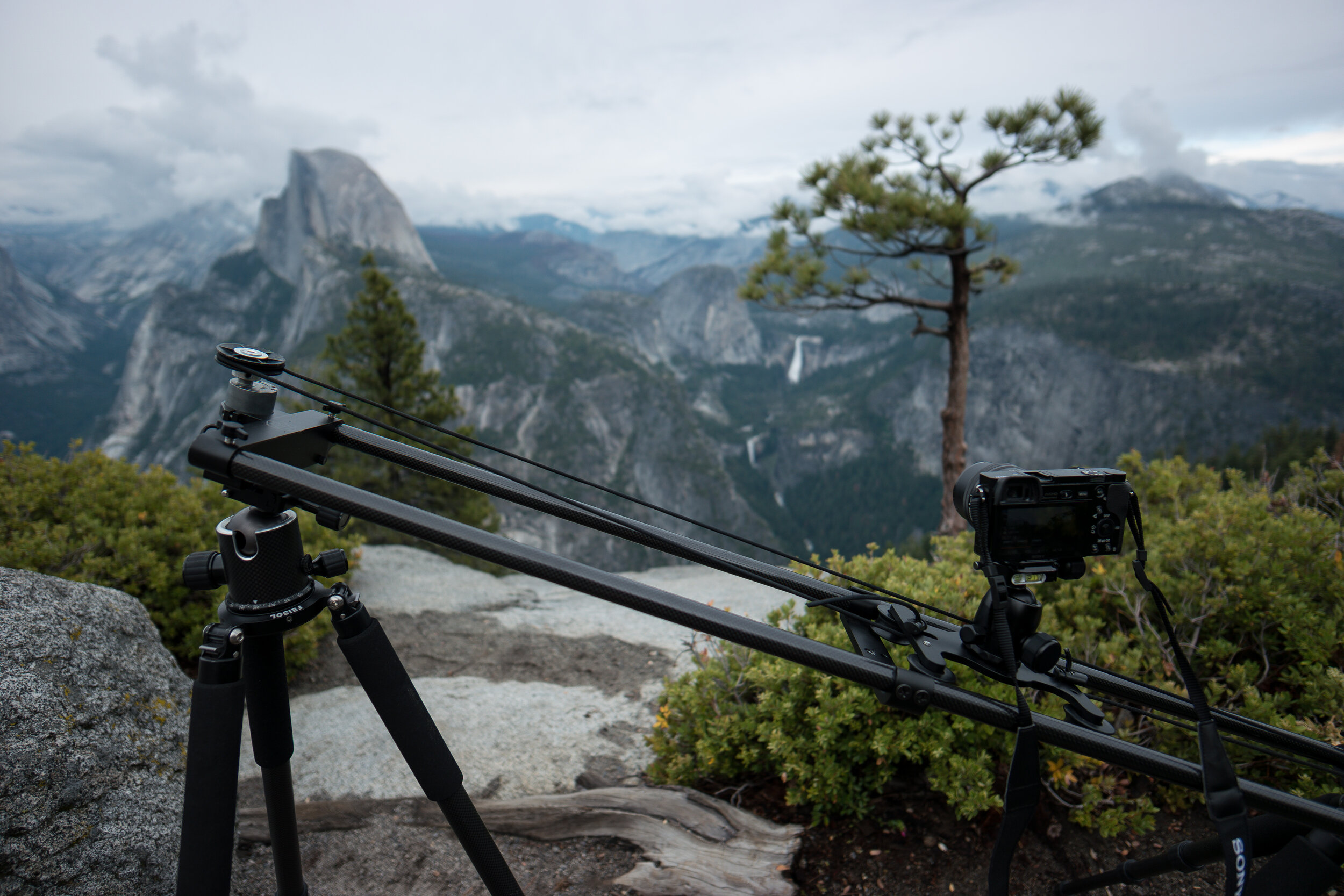What I Learned From My Biggest Product Development Mistake
I have made a lot of mistakes over my time in product development. These range from small things like missing a dimension on a drawing, to sending the wrong paint code to a factory so a batch of new bikes were about to be painted like confetti. My biggest mistake was made early on in the development of my first product.
The idea for the product was born out of being on a photography assignment for the National Parks Conservation Association. I was sent to document the effects of the government shutdown of 2013 on a few national parks and the surrounding communities. During that assignment, I rode bikes into areas and hiked with all my photo and video gear. Most of the gear was not designed to be lightweight or portable. Around this same time period landscape and outdoor photography was seeing incredible growth due to Instagram. Montages of incredible time lapse sequences were gathering millions of views on Youtube. I saw a hole in the market. There wasn’t a company that was devoting itself to making extremely lightweight and portable gear for photographers and filmmakers working in backcountry situations. So a friend and I started developing a lightweight rail system to help people capture time lapses and videos where the camera moves during the time lapse or real time video. See the video below for an example of what our product could do.
I thought I was the perfect person to develop this product because I was exactly the kind of person who would buy it. This led to my huge mistake. I thought I was the market so I didn’t seek a lot of external feedback on the product. Coupled with that mistake we left out a product feature that some other products on the market had, and some people thought was essential. This feature seemed like a good idea for most people, but the reality was that it didn’t really improve the results of time lapses and it made for more complicated camera setups. As an engineer I thought I could convince people that this feature wasn’t necessary by showing them evidence. Now I see that anytime you have to convince someone of the necessity of a product feature (or lack of a feature) you are adding a hurdle to the adoption/purchase of the product.
It wasn’t a total loss, we successfully funded the product on Kickstarter and sold the product to people all over the world, but I always wonder how things would be different if I had not assumed I was the market. I’m sure we would have had a more successful product, and had an easier time convincing people to purchase the product.
Here are a few tips to avoid my mistake:
Even if you are an ideal customer for your product, you alone cannot represent what the entire market wants because you are just one data point from the market. You must seek direct external feedback.
Listen carefully to feedback, and if you do not implement feedback you need to have a good reason for not doing so.
External feedback can be painful, so it’s easy to avoid. If you don’t seek feedback often, it is likely your product will never live up to its potential. Without feedback you might miss a design flaw, or alienate a key customer group. To have the best chance of success for your product get to know the different kinds of people in the market, what they want, and what they think of your product.
To cite this article:
Mabey, Chris. “What I Learned From My Biggest Product Development Mistake.” The BYU Design Review, 18 May 2021, https://www.designreview.byu.edu/collections/what-i-learned-from-my-biggest-product-development-mistake.







